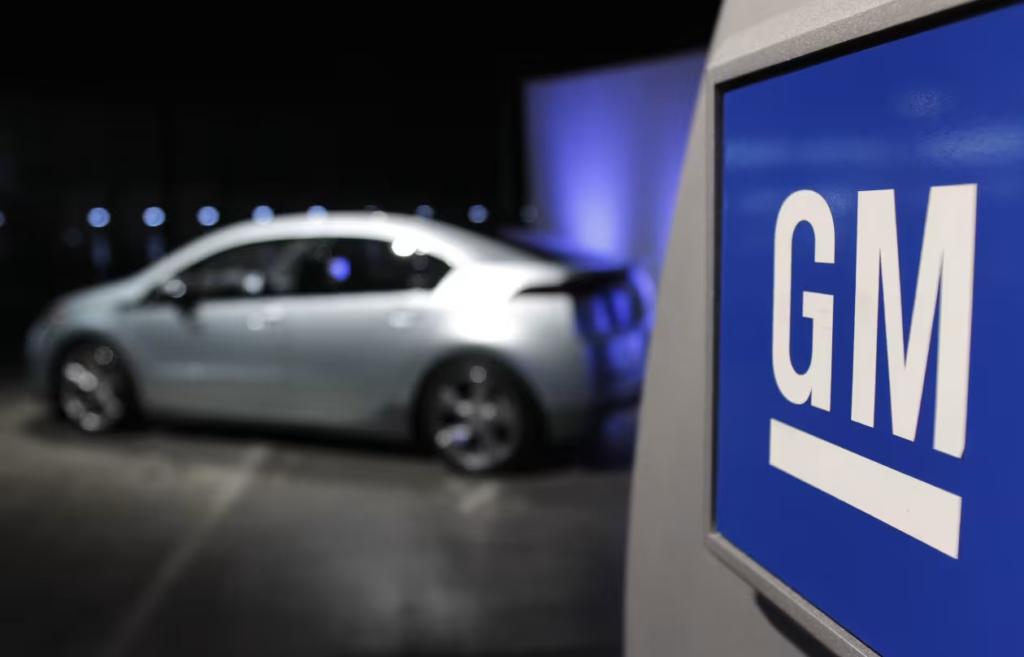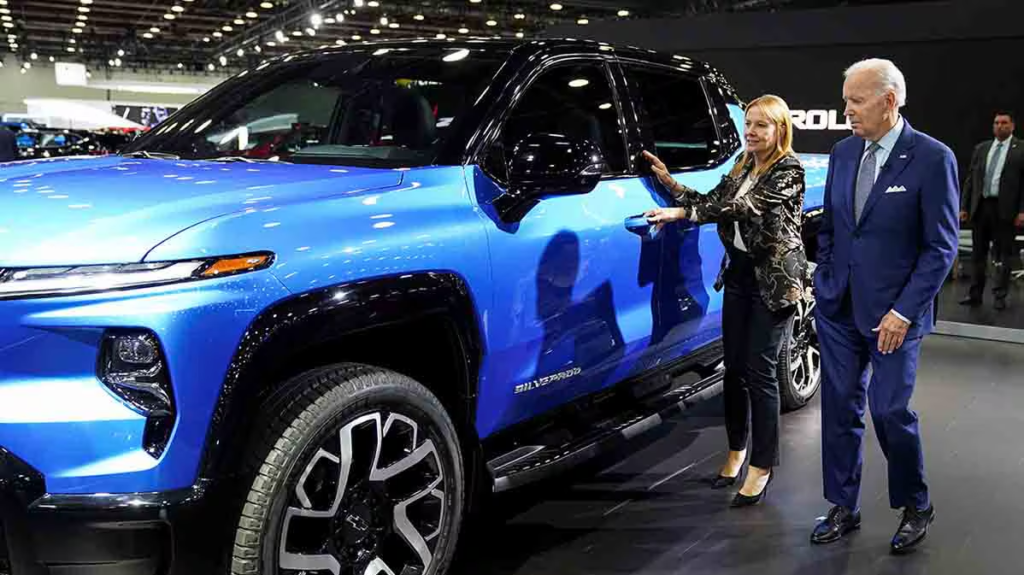
DETROIT — General Motors’ stock suffered its steepest decline in three years, dropping 10% during Tuesday trading, despite the automaker surpassing Wall Street expectations for revenue and earnings in the fourth quarter. Concerns over regulatory uncertainty, slowing electric vehicle (EV) adoption, and geopolitical risks overshadowed the company’s optimistic 2025 outlook.
The Detroit-based automaker reported adjusted earnings per share of $1.92 for Q4, exceeding analyst estimates of $1.89. Revenue climbed 11% year-over-year to $47.7 billion, outpacing expectations of $43.93 billion. However, GM’s stock slump reflects deeper investor concerns, particularly regarding U.S. trade and EV policy shifts under President Donald Trump’s second term.

Wall Street Skepticism Grows
GM’s leadership struck an optimistic tone during its earnings call, forecasting robust financials for 2025, including adjusted earnings before interest and taxes (EBIT) of $13.7 billion to $15.7 billion and adjusted free cash flow between $11 billion and $13 billion.
However, analysts voiced concerns over the company’s reliance on steady EV adoption and the potential impacts of tariffs or changes in federal EV incentives. “The guidance for 2025 is ambitious but leaves little room for error, especially with regulatory uncertainties looming,” said Bernstein analysts in a note to clients.
Despite record 2024 adjusted EBIT of $14.9 billion, GM faces headwinds, including a $5 billion restructuring of its operations in China and challenges in scaling EV production profitably.

EV Adoption Faces Growing Pains
GM announced it produced 189,000 EVs in 2024, slightly below its 200,000-unit target, but anticipates a significant boost in 2025 with an estimated 300,000 units. CFO Paul Jacobson highlighted operational efficiencies and cost reductions as key drivers for improved EV profitability next year.
“We’re optimistic about scaling our EV operations, but we’ll remain agile as adoption progresses,” Jacobson said, pointing to anticipated profit improvements of $2 billion to $4 billion.
Despite this, EV demand in the U.S. has shown signs of cooling, with slower adoption rates and increased competition from international automakers.

Geopolitical and Regulatory Challenges
In her letter to shareholders, CEO Mary Barra emphasized the uncertain regulatory landscape under Trump’s administration, citing potential tariffs on vehicle imports and adjustments to EV tax credits. Barra assured investors that GM is “proactive in engaging with Congress and the administration” to protect U.S. manufacturing interests.
Barra also addressed GM’s restructuring in China, which resulted in $4 billion in noncash charges. Despite the challenges, GM sees growth opportunities in its North American operations, which generated $14.53 billion in adjusted earnings in 2024, an 18% increase from the prior year.

Market Sentiment and Outlook
While GM’s 2024 performance exceeded expectations, Wall Street remains cautious about the automaker’s ability to navigate regulatory volatility and sustain its EV growth trajectory. Investors also reacted negatively to a $5 billion charge from the termination of its Cruise robotaxi program, a move aimed at refocusing on consumer vehicles.
Looking ahead, GM expects U.S. new vehicle sales to remain steady at over 16 million units in 2025, with a slight decline in pricing. Jacobson noted plans to reduce automotive debt and return value to shareholders through stock buybacks.
“Innovation and resilience will be critical as we adapt to industry challenges,” Barra concluded during the call.
























